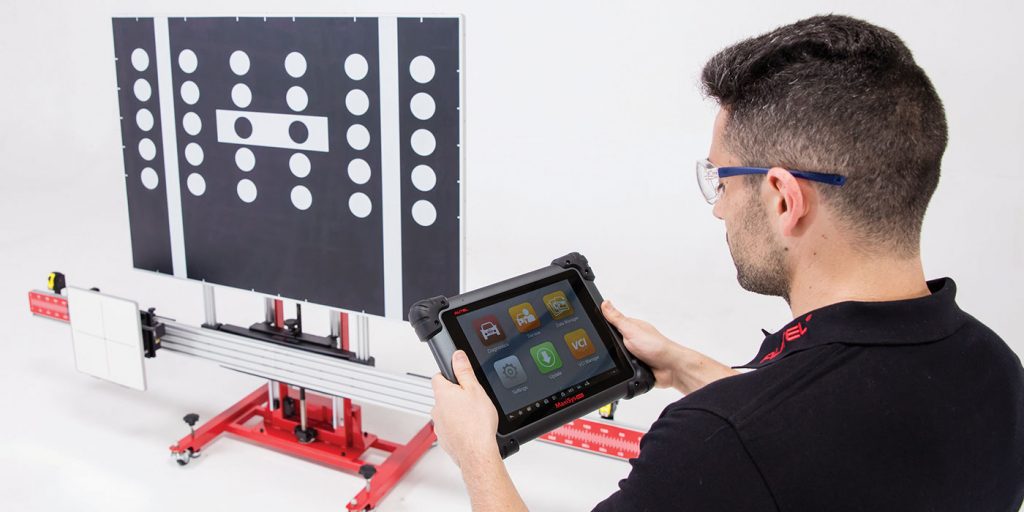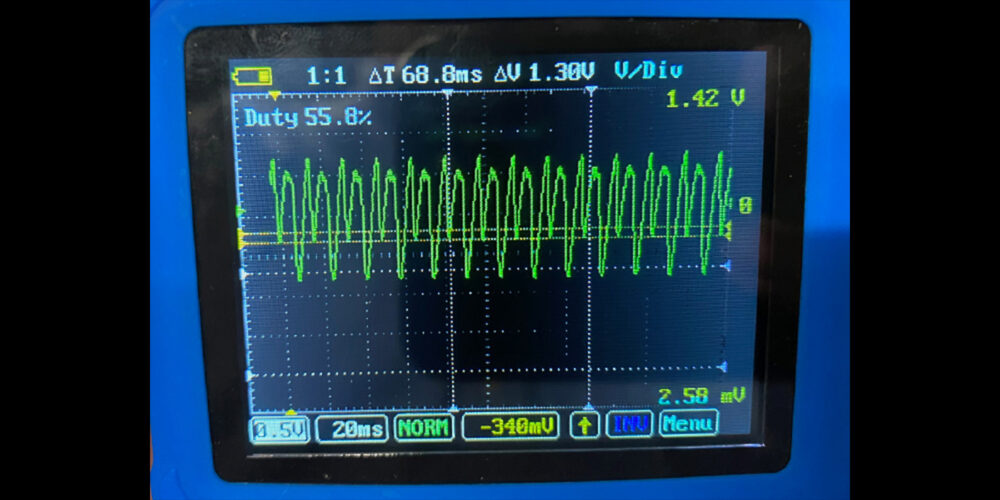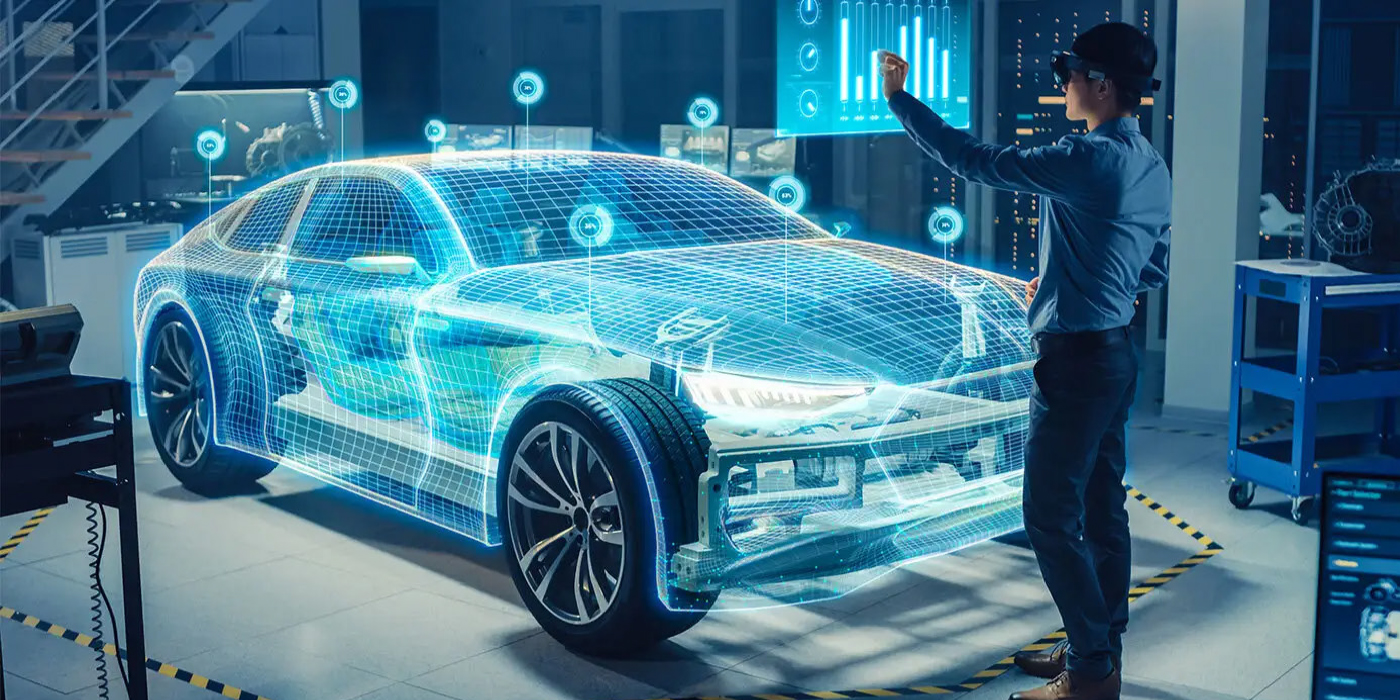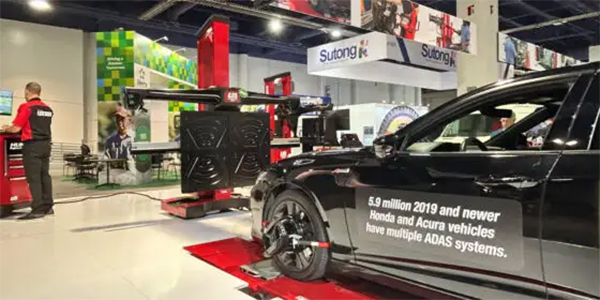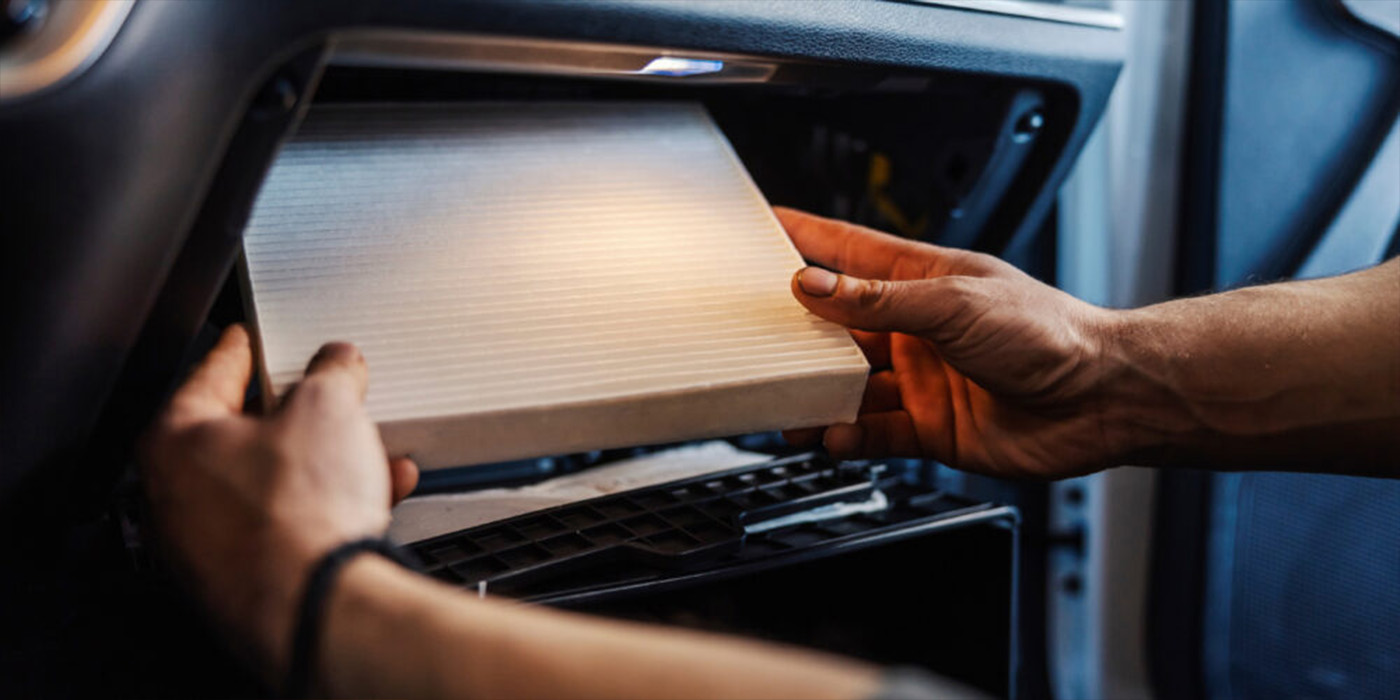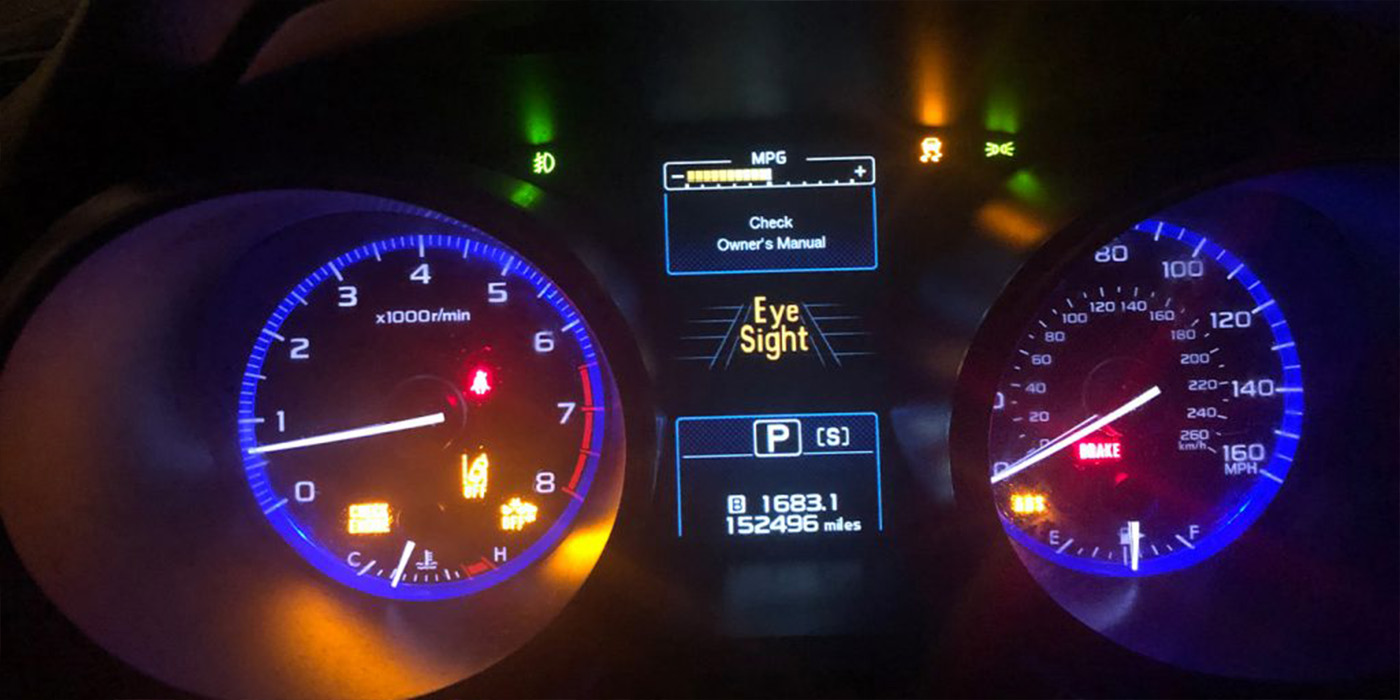The technology underpinning advanced driver-assistance systems (ADAS) is a glimpse into the future of the auto industry – a future that many envision without drivers. While it could be years before fully autonomous vehicles become a reality, ADAS is here today, and the technology is standard on a growing list of mainstream cars, trucks and SUVs.
Consider this data provided by Autel: Out of 227.6 million registered passenger cars and light trucks in 2019 in the United States, 61.45 million – or 27% – are equipped with ADAS capabilities. That number is projected to grow with the 2020 model year and beyond. Take automatic emergency braking (AEB) for example. With the federal government mandating AEB on all vehicles manufactured after September 2022, the percentage of vehicles with AEB has jumped from 66% for the 2019 model year to 84% for the 2020 model year, according to MSI Research data that Autel shared with ShopOwner.
What does those numbers mean for your shop? They mean that for a growing number of vehicles coming through your bays, performing basic services will “directly impact the operation and accuracy of the ADAS systems,” according to George Lesniak, director of sales & training, ADAS, for Autel.
“That’s one of the reasons that here at Autel we started doing ADAS awareness classes this year to help shops understand that when you do simple things – you put in new shocks and struts, you do a wheel alignment, you replace a radiator or you do anything that requires removing a grille or a front bumper cover – there are sensors that must be calibrated,” Lesniak says. “It’s not optional. It’s an absolute requirement.”
For shops that perform auto body or glass work, calibration has been “a huge issue” for a number of years now, Lesniak asserts, simply due to the nature of the work. But it’s a different story on the mechanical side.
“Some shops are aware of ADAS and the components, but they feel that since they’re not doing collision repairs and they’re not changing windshields, the services that they’re performing don’t really impact those systems, and they couldn’t be more wrong,” he says.
They’re also mistaken if they believe that having a customer sign a waiver acknowledging that the shop doesn’t perform calibrations absolves the shop of any liability, Lesniak asserts.
“Some states may allow the owner of a vehicle to sign away their rights; many states don’t. But no state allows the owner of a vehicle to sign away the rights of a passenger or a passenger in another vehicle that they’re in a collision with. So waivers are absolutely useless in protecting for liability.”
As far as the equipment needed to perform calibrations on ADAS-equipped vehicles, the diagnostic scan tool is “the foundation,” Lesniak asserts.
“It’s where everything begins, and it’s also the shop’s ability to document the entire process,” he adds. “Documentation is what really protects a shop from liability issues.”
However, even before a shop starts thinking about the equipment it needs to perform calibrations, Lesniak encourages shop owners to educate themselves on ADAS calibrations and what they entail. There are many training resources they can lean on, including their equipment vendors (Autel, for example, provides free online webinars), their parts suppliers and organizations such as I-CAR and the Automotive Service Association.
The next step is to conduct a site survey of their shop.
“In most repair shops, the floors were purposely poured to direct water toward the drain,” Lesniak says. “ADAS calibrations require a level surface, and some calibrations require quite a bit of space. So before a shop owner can even think about buying equipment, they need to determine if their shop environment will actually allow for ADAS calibration.”

